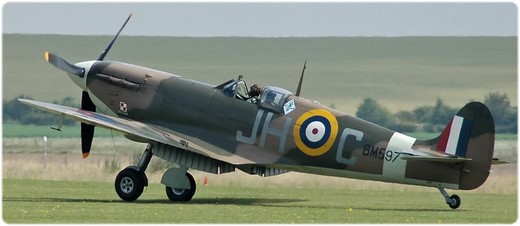 |
Supermarine Spitfire
Supermarine Spitfire is perhaps the most famous aircraft ever built. During the Battle of Britain in the summer and autumn of 1940, the Spitfire and Hawker Hurricane pilots managed to resist and fight back all attempts by the Luftwaffe to crush the Royal Air Force, despite an inferiority of one to four. This was largely due to the fact that the germans had a long way home and could only stay over England for about thirty minutes maximum, and that the British were in possession of a very advanced and efficient system of radar and flight control. Nevertheless, the courage and sacrifice of the pilots earned them and the planes they flew eternal fame.
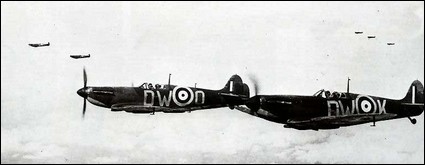 |
610 Squadron patrolling the English skies in the summer of 1940. |
The Spitfire came at precisely the right time to complement the Hurricane as a more modern fighter, and they turned out to be a perfect duo: the Hurricanes were used to attack German bomber formations on their way to English cities and factories, while the Spitfires - with their higher speed and maneuverability - went hunting for the escorting German fighters.
[ Top of page ]
History
In 1931 Reginald J. Mitchell had constructed the Supermarine S6B, which in September of that year won the prestigious Schneider Trophy for being the fastest seaplane in the world. The contest took place at Calshot Spit, south of Southampton, and a speed of 547 kph was recorded.
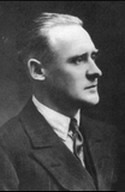
|
|
| R. J. Mitchell | Supermarine S6B |
In 1934 the air ministry in London announced that they were looking for a new fighter for the Royal Air Force. Mitchell decided to use the experiences from S6B and try to build a new airplane which would meet the requirements specified by the RAF.
The prototype flew for the first time on March 5, 1936. It reminded of the S6B, being built in metal and with the same aerodynamic features, of which perhaps the most typical was the elliptical planform (shape of the wings). It had a new engine, a Rolls-Royce Merlin of 1030 hp and the airplane had, among other things, a climb rate of 750 meters per minute.
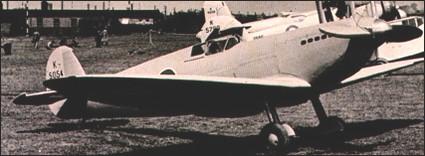 |
|
| The first prototype: two-bladed handmade wooden propeller and an edgy hood. |
The RAF were impressed and ordered 310 Spitfire Mark 1, ready for delivery in June 1938. Vickers Aviation, the company that Mitchell was associated with, could not keep up by themselves and soon almost every airplane factory in the country were building Spitfires. In 1939 the ordered number of Spitfires were 4,000.
R. J. Mitchell never lived to see his airplane in its finest hour. He died of cancer in 1937, aged 42.
Many versions of the Spitfire were developed during and after the war, including reconnaissance and fighter-bomber versions, and technically they improved considerably. A hugh leap was taken in the Mark XIV when it was fitted with a much bigger engine, a Rolls-Royce Griffon of 2050 hp. This engine was twice as powerful as the one in the original Spitfire.
 |
|
| Maintenance on the Rolls-Royce engine in an airfield by the coast. |
Production of Spitfires continued after the war. Almost 22,000 had been built by October 1947, and many were exported to other airforces around the world. The Scandinavian countries bought and used Spitfire for many years.
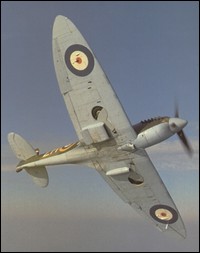 |
S 31 was the Swedish name for Spitfire Mk XIX, when used for recoignesance between 1948 and 1955. There were fifty of them and they were posted at F 11 in Nyköping. Only about forty Spitfires are considered airworthy in the world today, but thanks to organisations like the Battle of Britain Memorial Flight, which restore, repair and fly with perfection as its standard, we will be able to see and hear Spitfires in the air for many more years to come. |
| Easy to spot a spit... Thanks to the elliptical wings. |
[ Top of page ]
Video
| Spitfire Mk XVI at an air show in Ljungbyhed, May 31, 2008. Bertil Gerhardt at the controls. | |
|
|
| From a display in Geneseo, New York 2006. | |
[ Top of page ]
